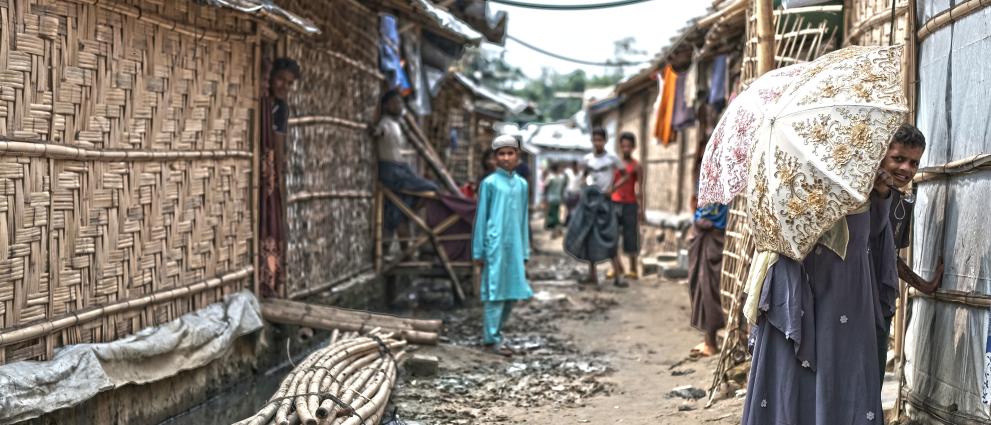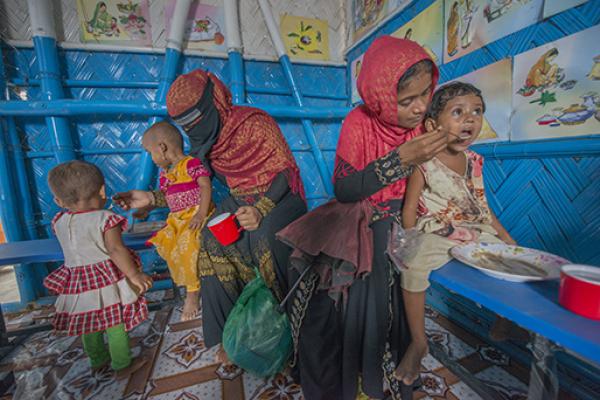
The EU has released €1.2 million in humanitarian aid to respond to the impact of tropical cyclone Remal in Bangladesh and India.
The cyclone has particularly hit communities in Bangladesh, mainly those in the South-West of the country, as well as refugees and host communities in the Cox's Bazar district in the South-East of the country. The cyclone has also affected communities in West Bengal, India.
The funding will help address the most pressing needs of the affected populations, including shelter, water and sanitation access and other essential items for people who lost their homes.
This new funding comes in addition to the €26.5 million already allocated in humanitarian and disaster preparedness assistance to Bangladesh earlier this year.
Ahead of the landfall, EU-funded partners had already activated preparedness and anticipatory actions in areas of southwestern Bangladesh most likely to be affected. All humanitarian funding is channelled impartially via certified partners, such as UN agencies, international NGOs and the Red Cross and Red Crescent movement.
Janez Lenarčič, Commissioner for Crisis Management, said: “EU assistance will provide much needed support to the most affected populations, in particular Bangladeshi communities in the worse hit areas. We also remain committed to helping the affected Rohingya refugees that were already living in a very vulnerable situation in Cox's Bazar, as well as their host communities.”
Background
On 26 May, cyclone Remal made landfall over the border area between India and Bangladesh, with winds reaching more than 110 km/h.
Extremely heavy rain and high-speed winds continued to batter the area for more than 36 hours, making this cyclone of the longest in the history of Bangladesh. In the South-West of the country, extensive flooding has caused damage to over 150,000 of houses, as well as to farming lands and other infrastructure. More than 3.7 million people are estimated to be affected in southwestern Bangladesh, while over 800,000 were evacuated.
Furthermore, in the South-East of the country, the cyclone has worsened an already dire situation at the Rohingya refugee camps of Cox’s Bazar, damaging more than 1,400 shelters. On 24 May, a fire had broken up in one of the camps, also destroying shelters and other infrastructure.
Meanwhile in West Bengal, the cyclone also caused significant damage in coastal areas, where over 200,000 people had been evacuated. The rain and high tides damaged some embankments and flooded coastal areas in the Sundarbans. Around 30,000 houses were reportedly damaged, as well as numerous local infrastructures, such as health centres.
Details
- Publication date
- 3 June 2024
- Author
- Directorate-General for European Civil Protection and Humanitarian Aid Operations (ECHO)




